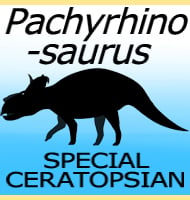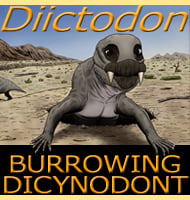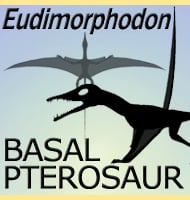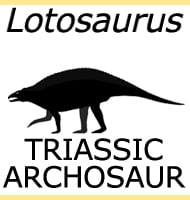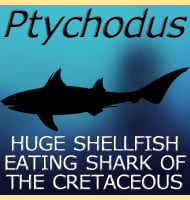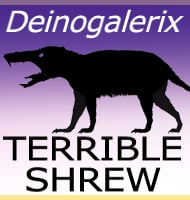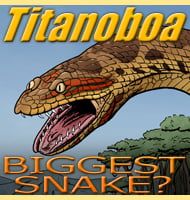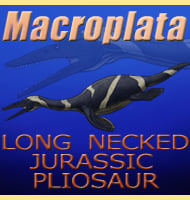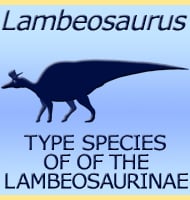In Depth
Known only from partial remains, Cedrorestes is a genus of ornithopod dinosaur that lived in North America during the early Cretaceous. Cedrorestes has an uncertain classification, not helped by the fact the fossil bones were damaged prior to being fossilised. Some researchers consider Cedrorestes to be in-between an iguanodont and hadrosaur, while some consider it to be one of the most primitive hadrosaurs.
Cedrorestes means ‘Cedar Mountain Dweller’ and is a reference to the location of the holotype fossils in the Cedar Mountain Formation. The species name crichtoni is in honour of Michael Chricton, who in the world of dinosaurs is best known for writing the novels Jurassic park and The Lost World (not to be confused with the story of the same name written by Arthur Conan Doyle) which were later made into motion pictures.
Cedrorestes would have possibly shared a habitat with other ornithopods such as Iguanacolossus and Hippodraco, nodosaurs such as Gastonia and sauropods like Cedarosaurus. Predatory threats would have primarily come from dromaeosaurs such as Utahraptor and Yurgovuchia. Larger theropod dinosaurs such as Siats and Acrocanthosaurus are also known from the Cedar Mountain Formation but from different members to those that Cedrorestes has been identified in.
Further Reading
- A possible new basal hadrosaur from the Lower Cretaceous Cedar Mountain Formation of eastern Utah. - Horns and Beaks: Ceratopsian and Ornithopod Dinosaurs 79-89. - D. Gilpin, T. DiCroce, and K. Carpenter - 2007.

